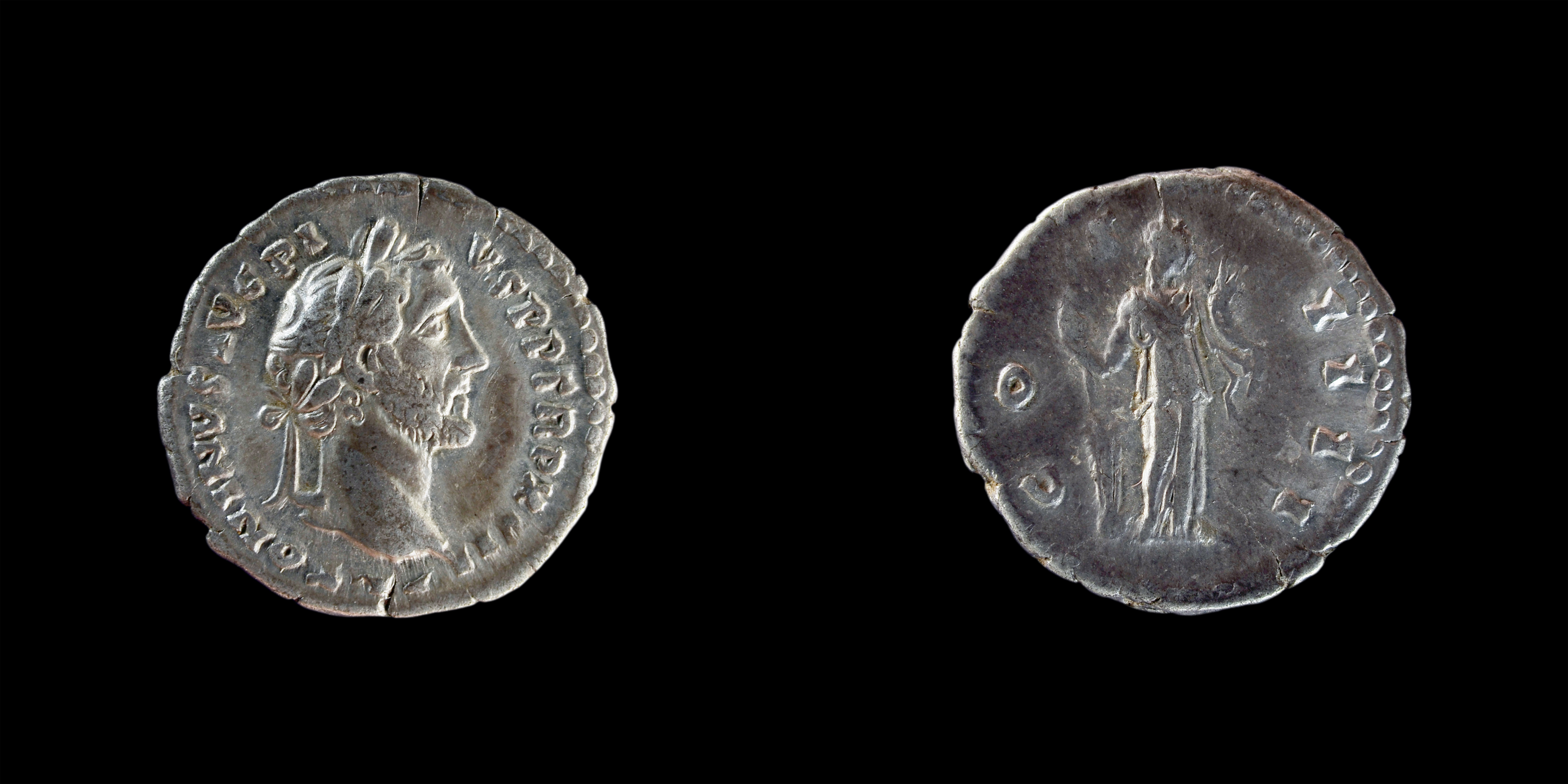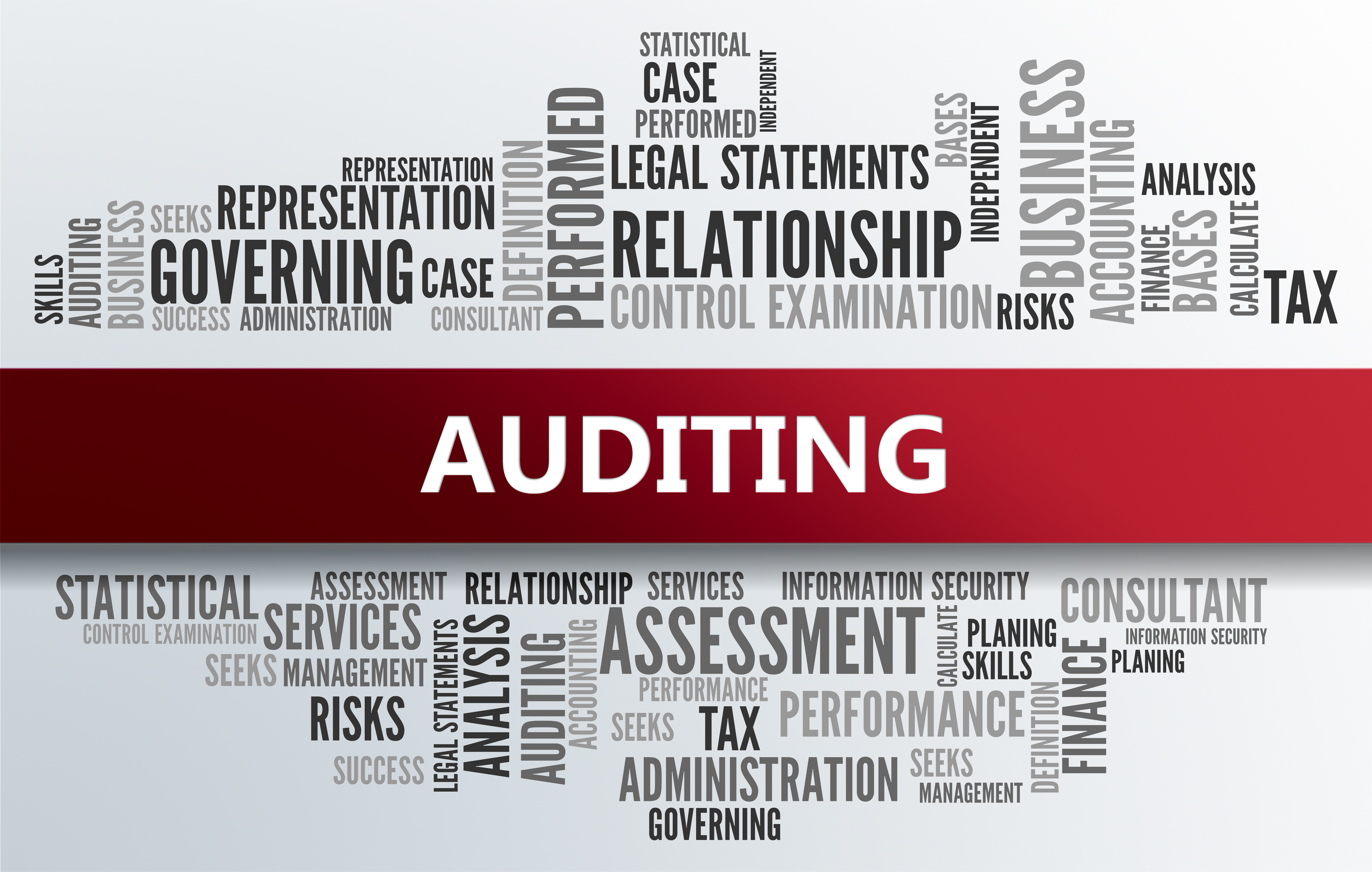Another fiasco at Wells Fargo and another round of hearings

Wells Fargo got some more visibility this week for violating federal law on repossessing property from servicemembers on active duty. The CEO got another round of public thrashing, this time from the House of Representatives. The CEO and former head of community-banking forfeited a bunch of future compensation.
9/29 – Bloomberg – Wells Fargo Troubles Mount With Penalty for Soldiers’ Loans – Federal law has been in place since about 1940 that provides protection to servicemembers from collection efforts. The law currently says lenders have to get a court order before they repossess property from anyone who is on active duty. The law was rewritten in 2003 and has been updated since then.
The protections for servicemembers have only been around for, oh, about 75 years. Need I point out that is plenty of time for the compliance staff to catch on to the pertinent laws?
The Pentagon has a list of all active duty service members which lenders may access if they wish.
Two separate enforcement actions within two years against Wells Fargo for violations of that law suggests the bank may just have a systemic compliance issue.
The newest issue involves 413 alleged violations of the law. The bank agreed to pay $4 million for unlawful repossessions during a seven-year run. That’s an average restitution of about $10,000 each. In addition the OCC ordered the bank to pay a $20M fine for a decade’s worth of violations.
…
Another fiasco at Wells Fargo and another round of hearingsRead More »
Another fiasco at Wells Fargo and another round of hearings Read More »








